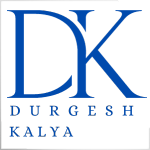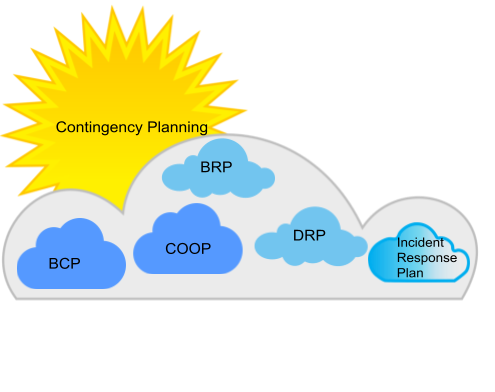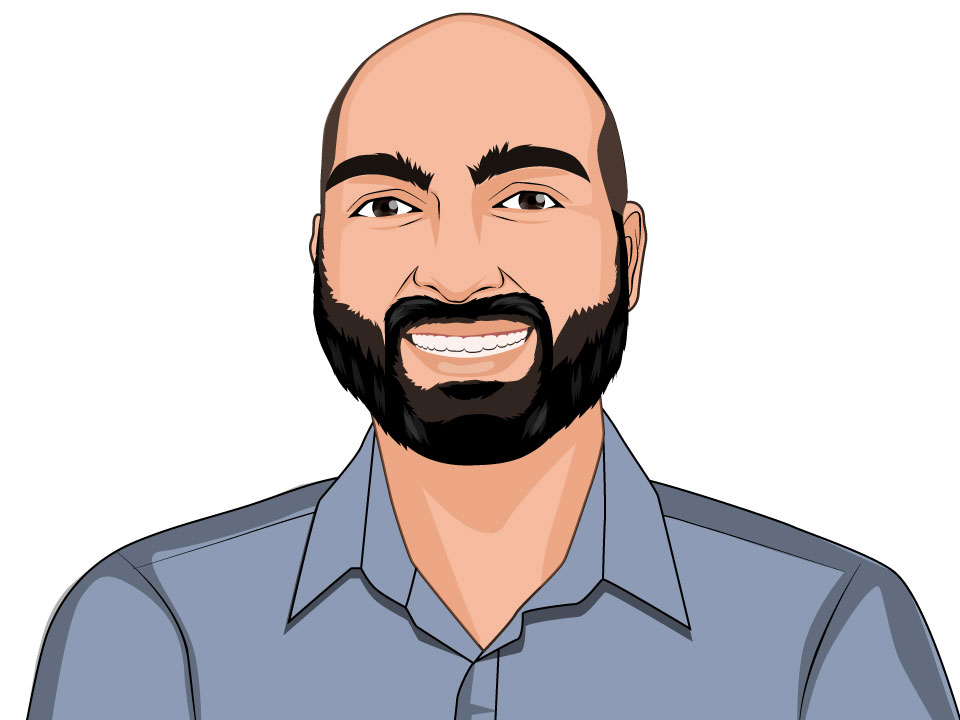Technology has been with us since the beginning, evolving alongside humanity. From the stone tools of early humans to the advanced agriculture of the Harappans, these innovations show how we’ve always found new ways to make things and live better. This drive to improve is the foundation for everything from farming to data mining and using computers, shaping our world throughout history.
In modern society, technology’s main objective is to facilitate the optimization of processes, the correlation of information, the monitoring of operations, and the transformation of business methodologies and IT and OT has been in the forefront to aid this in our CIs. Together IT encompasses both hardware and software components, with hardware referring to the physical devices and equipment used in computing systems and software representing the programs and applications that enable data processing and manipulation. Together, hardware and software play a fundamental role in generating, processing, and transmitting information across various domains, ranging from personal computing devices to complex network infrastructures supporting global enterprises and business applications.
The Industrial Revolution, which has its origins in England, marked a pivotal moment in history characterized by the widespread adoption of steam power and machinery, revolutionizing production processes and reshaping societal norms. This era saw the emergence of Industry 1.0, where manual labor gave way to mechanization driven by water and steam power.
As the industrial landscape evolved through subsequent revolutions, from Industry 2.0’s introduction of electric power and mass production to Industry 3.0’s integration of computers and automation, the convergence of IT principles became increasingly apparent. Advancements such as programmable logic controllers (PLCs) and computer numerical control (CNC) systems revolutionized manufacturing, laying the groundwork for standardized processes and precision engineering.
With the advent of Industry 4.0, characterized by the integration of cyber-physical systems, the Internet of Things (IoT), and cloud computing, industrial control systems have undergone a profound transformation. Today, these systems exhibit characteristics closely aligned with IT, leveraging sophisticated hardware and software to interface with sensors, actuators, and controllers to collect real-time data from physical processes. Meanwhile, software platforms analyze and interpret this data, optimizing operations and driving efficiency.
Furthermore, emerging technologies like digital twins (digital representation of physical processes, people, and technology to simulate real-world simulations), augmented reality (interactive and immersive experience using computer-generated environments), and Artificial Intelligence (AI) (ability exhibited by electronics or computer systems that closely resemble human-like intelligence) have accelerated the inevitable use of interconnected IACS systems. Digital twins enable simulation and predictive maintenance, while augmented reality enhances decision-making on the factory floor and enables the training of operators and field technicians.
The transition from Industry 1.0 to Industry 4.0 has propelled industrial control systems into an era where Information Technology plays a central role. This convergence not only enhances efficiency and productivity but also unlocks new avenues for innovation and growth in the digital age of manufacturing.
The advent of Industry 4.0, marked by its extensive incorporation of technology, has precipitated a widespread surge in disruptions across multiple sectors. This surge stems from the exploitation of inherent vulnerabilities inherent in technology, exacerbated by the swift development and deployment of Internet of Things (IoT) devices, notably Industrial Internet of Things (IIoT) devices, without stringent market testing. The proliferation of these devices introduces new attack vectors and security risks. For example, a cyberattack targeting a single IoT device within a networked industrial control system can have cascading effects, disrupting entire supply chains and causing widespread economic damage. Additionally, the convergence of IT and OT in Industry 4.0 introduces complexities in managing cybersecurity risks, as traditional IT security measures may not adequately protect OT environments.

Figure IT-OT – Industrial Revolution
The Figure IT-OT, illustrates the evolution of the Industrial Revolution alongside the backdrop of technological innovation. Over time, we have witnessed a rapid pace of technological advancement that has enabled industries to undergo transformative changes. However, this rapid pace of innovation has also presented challenges for Industry 4.0, particularly in relation to legacy infrastructure and interoperability.
When IT Meets OT: The Challenge of a Connected Future
On the flip side of innovation, as organizations embrace the promise of Industry 4.0, integrating new IoT and IIoT devices brings not only opportunity but also complexity. Each new sensor, gateway, and connected system must fit into an existing ecosystem that was often never designed for such connectivity. When integration isn’t seamless, it can lead to inefficiencies, communication breakdowns, and even open doors to cybersecurity risks.
Incident management teams are finding themselves on the frontlines of this convergence—addressing everything from device malfunctions to sophisticated cyber intrusions that blur the line between IT and OT. This new landscape demands collaboration, shared visibility, and continuous learning between both technology and operations teams. The lessons learned from each incident—through honest reviews, corrective actions, and knowledge sharing—are what truly strengthen resilience.
As we explore IT and OT more closely in the upcoming sections, remember: every organization defines these boundaries differently. In a world where technology continuously evolves, perhaps the better question isn’t where IT ends and OT begins—but how well the two can work together to keep our critical systems secure and reliable.
Think before you click!
Cheers!











